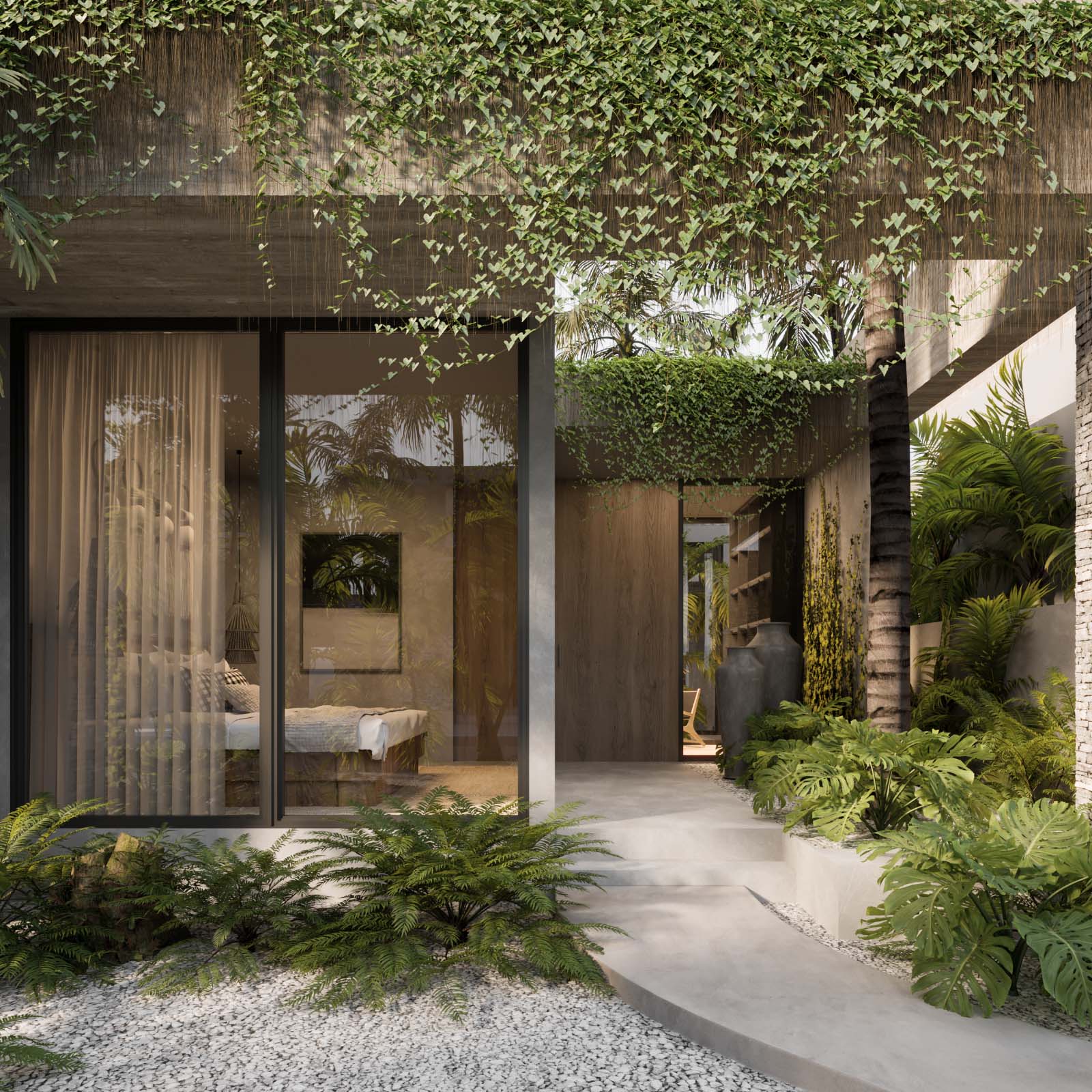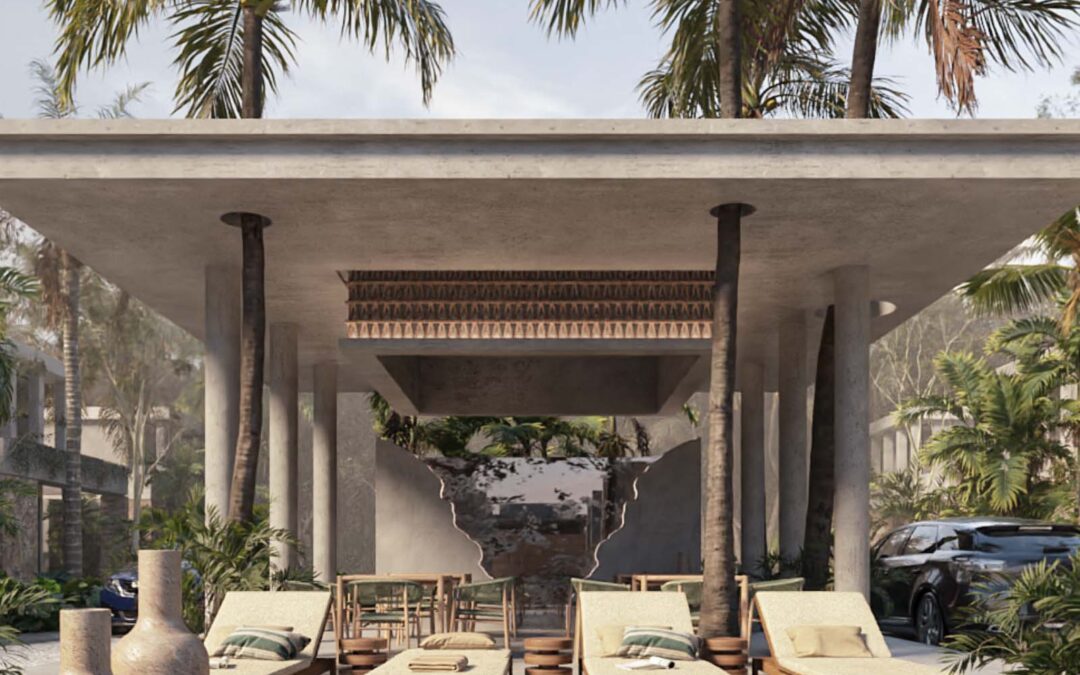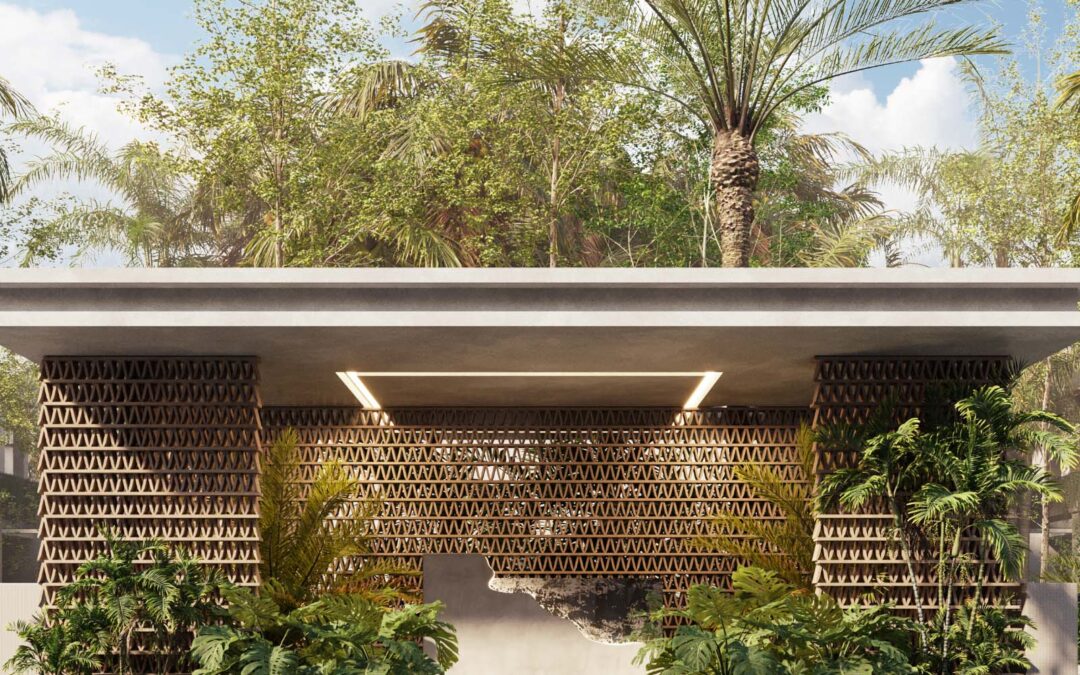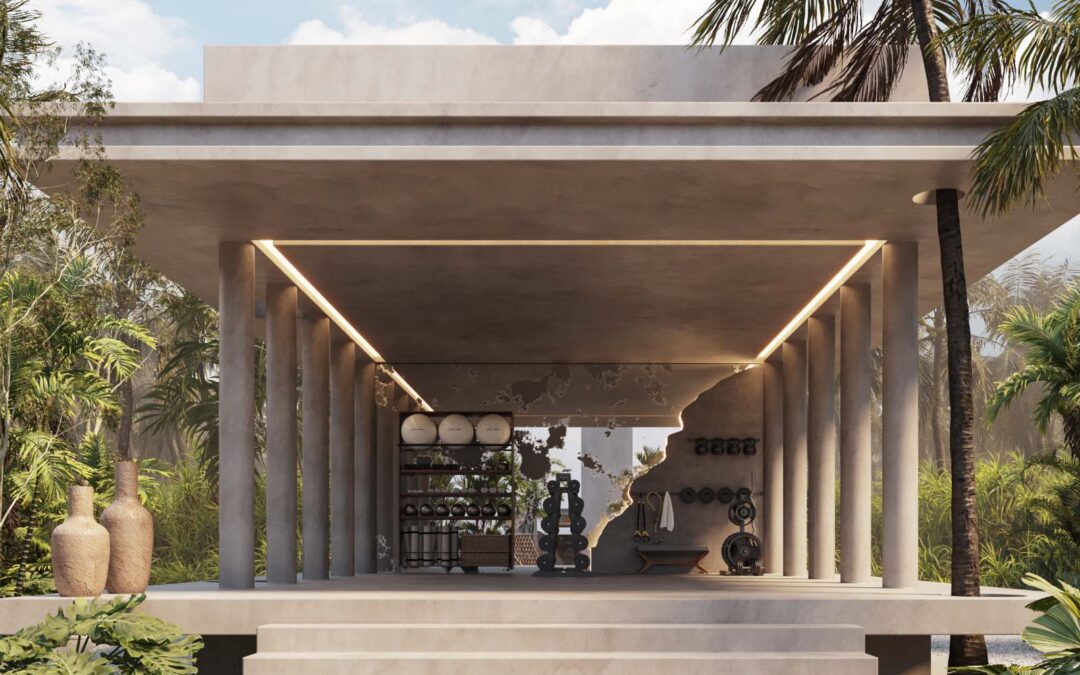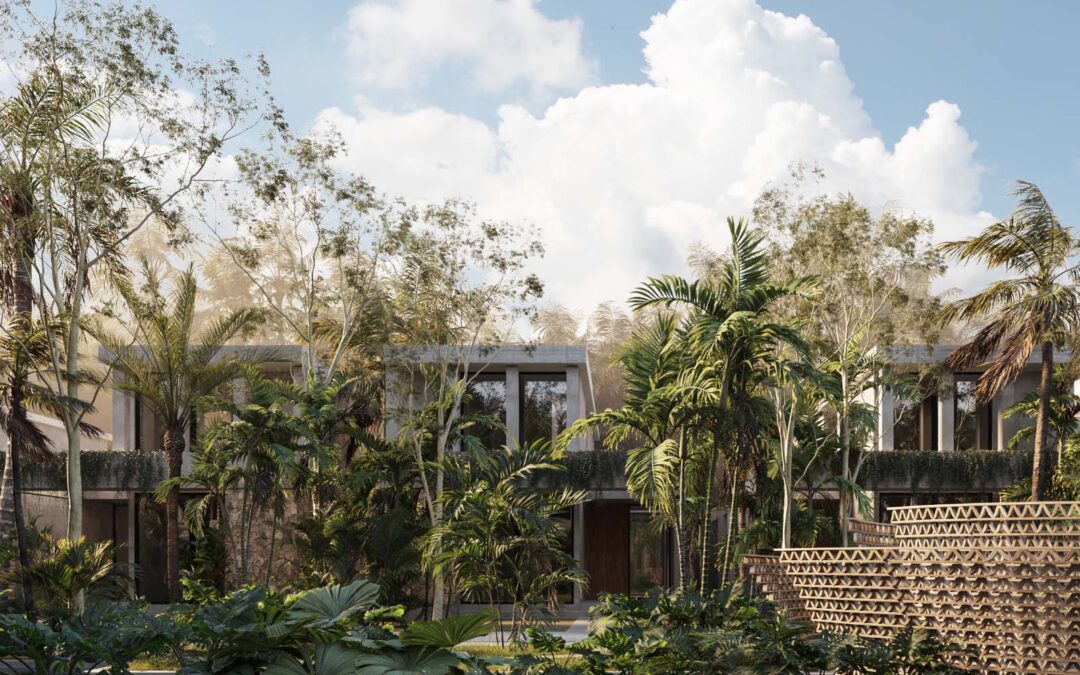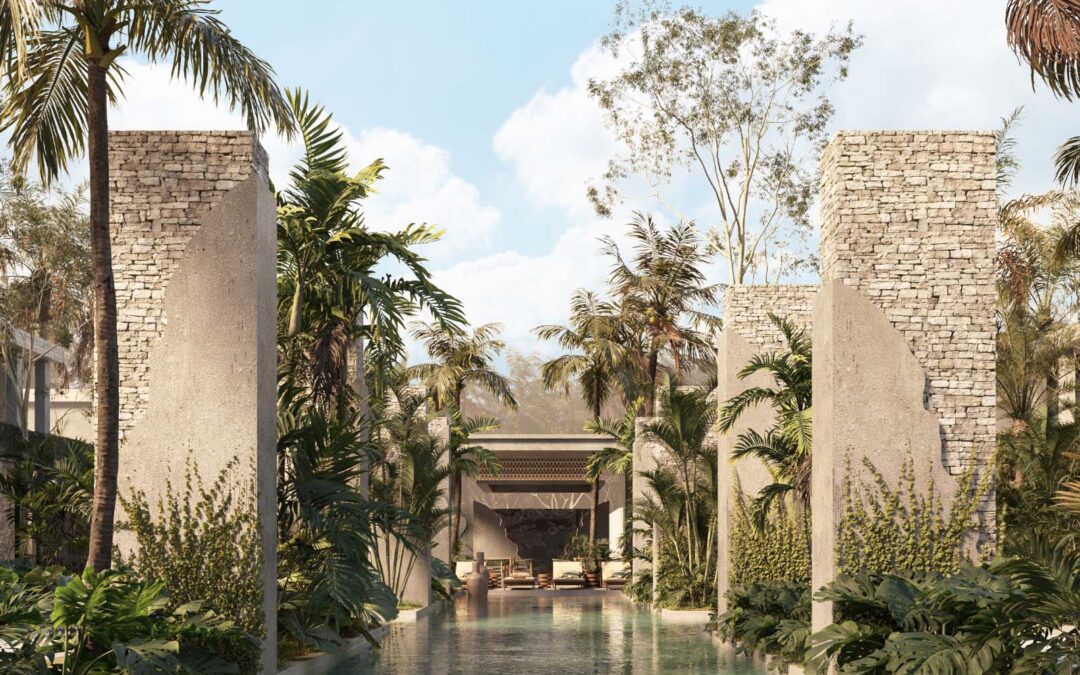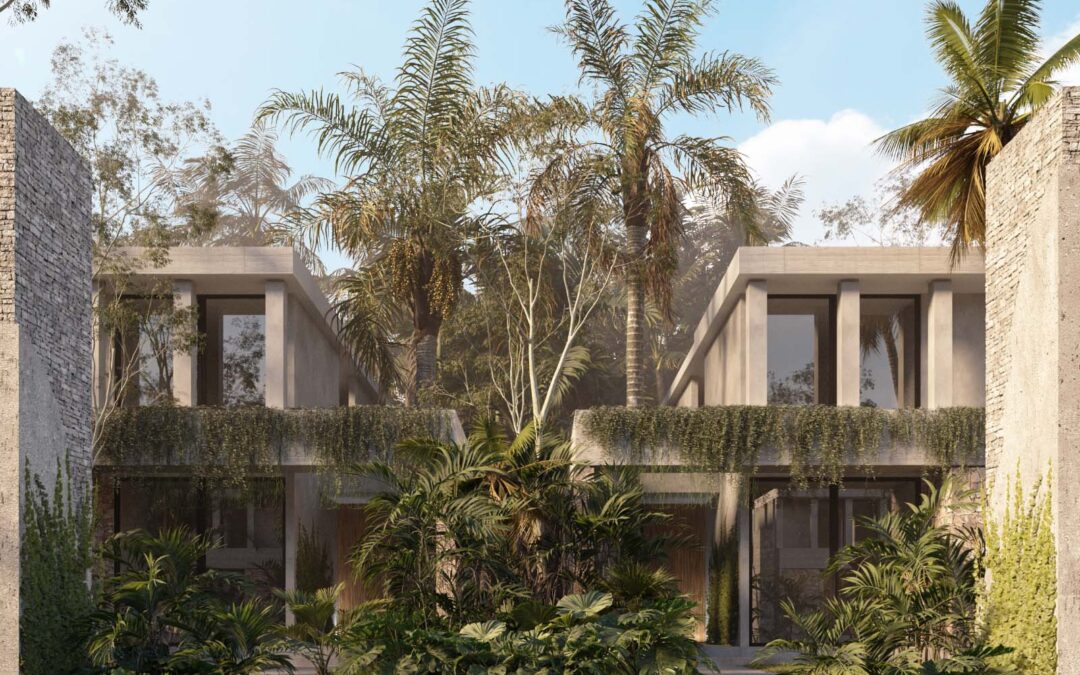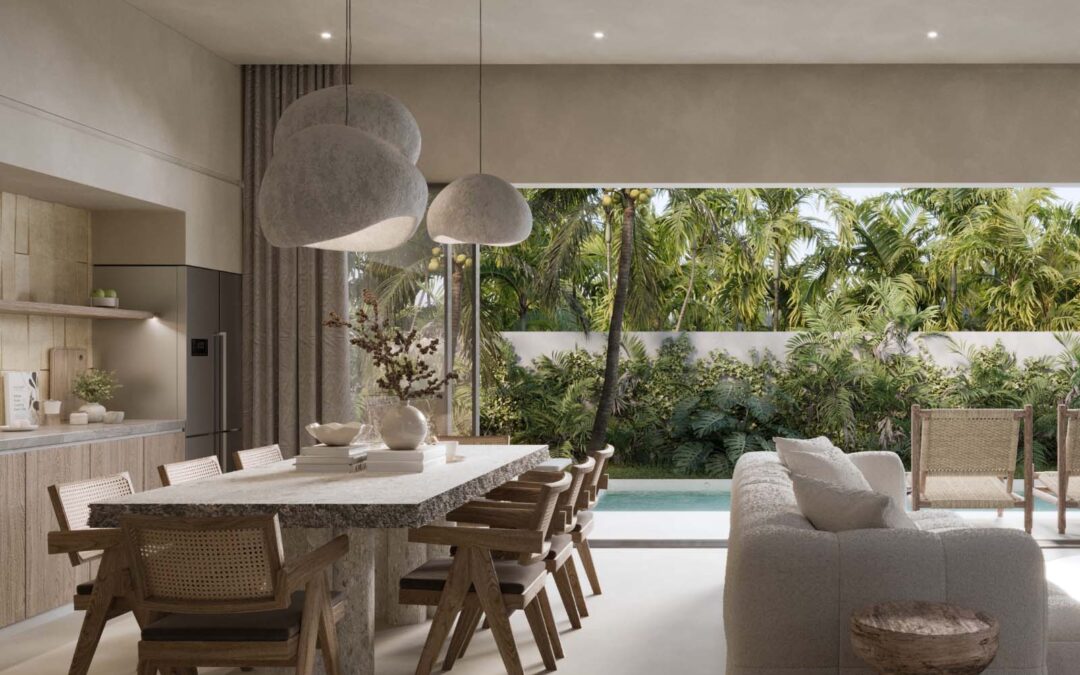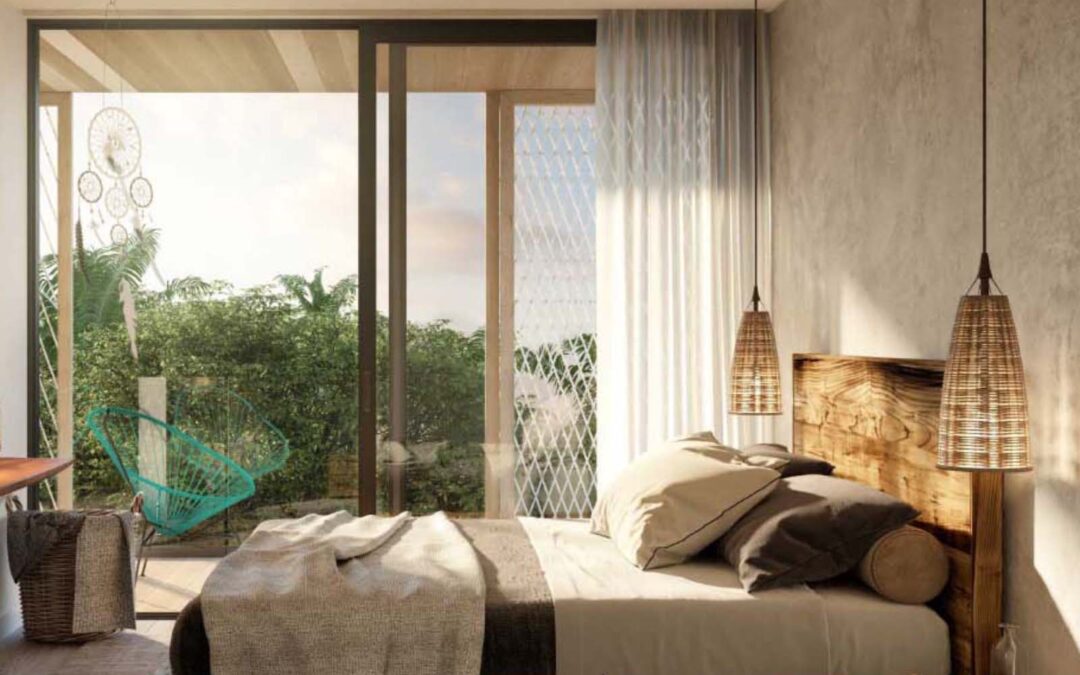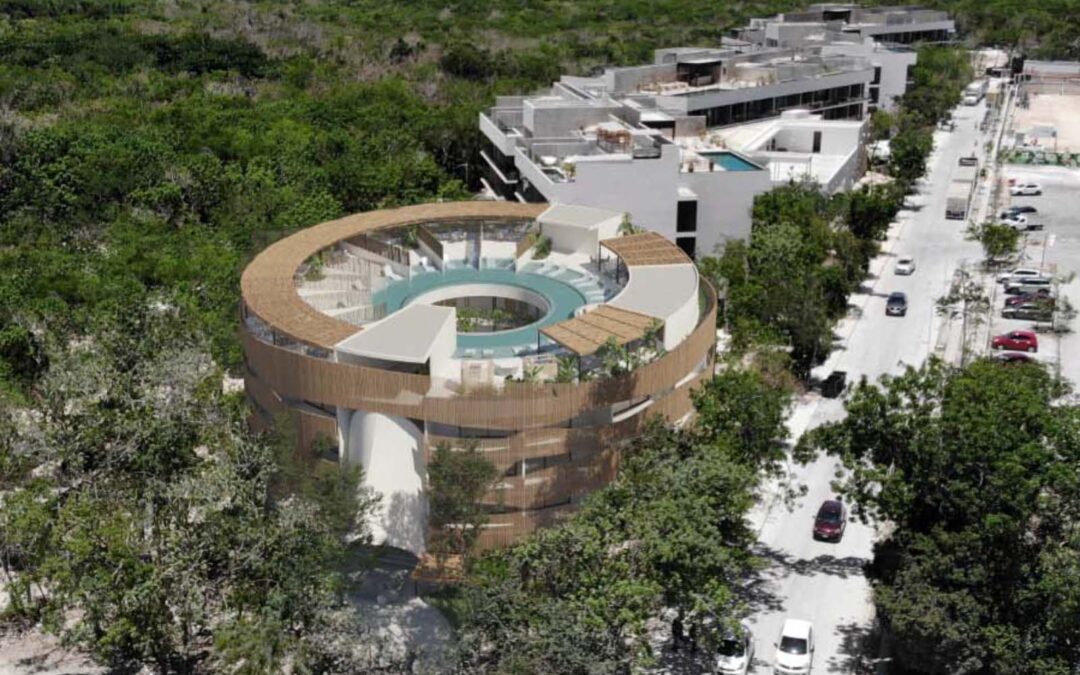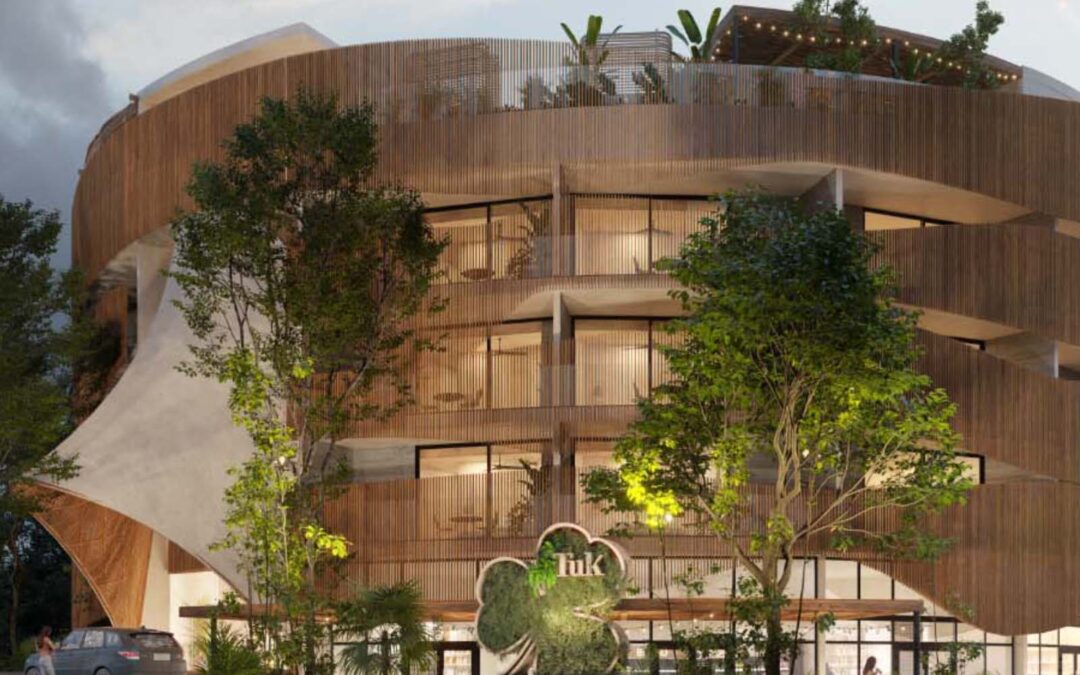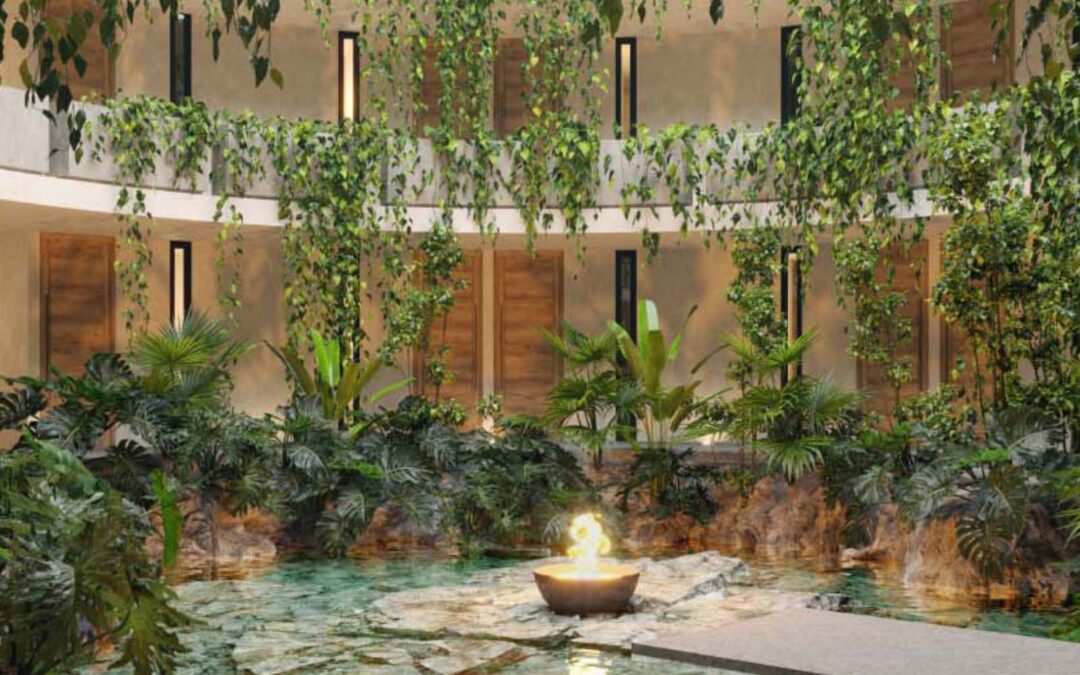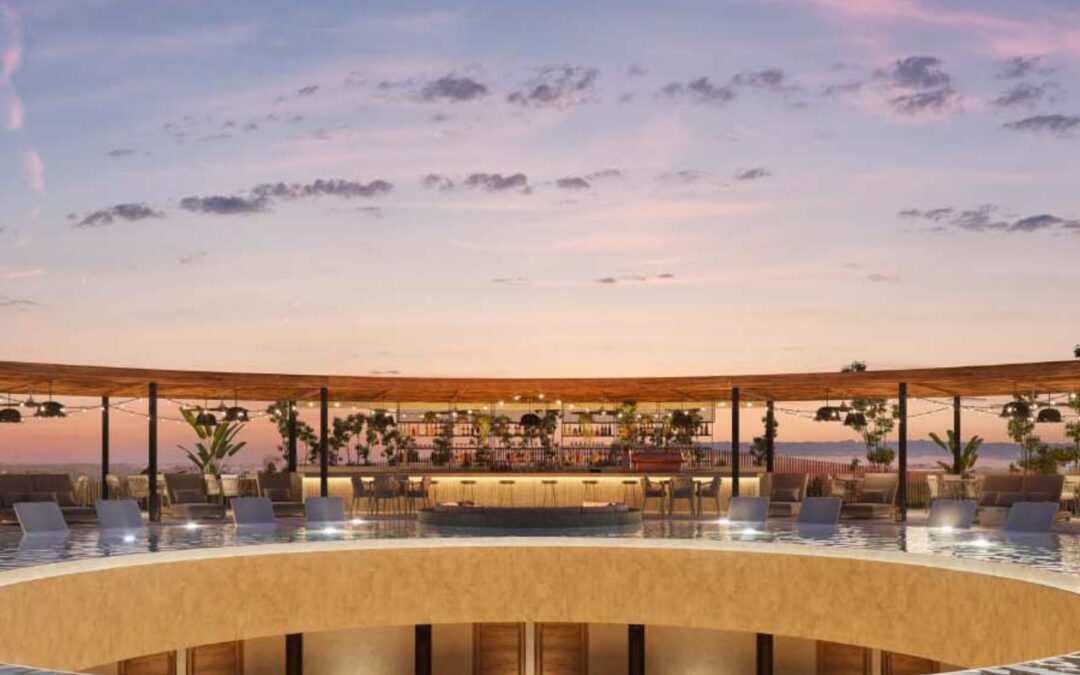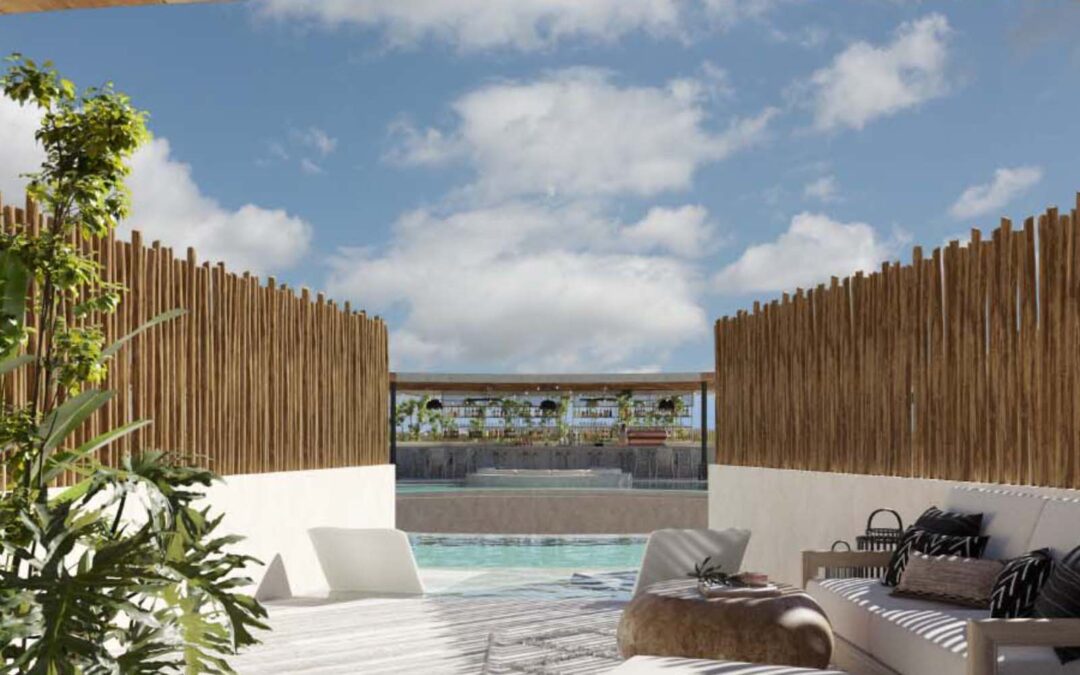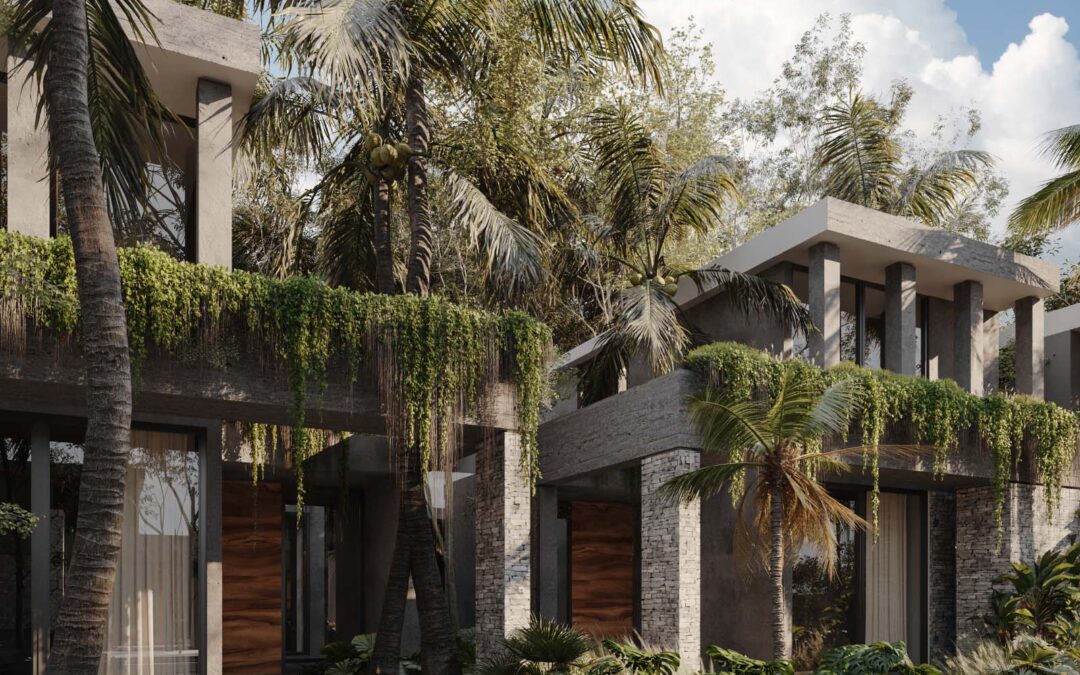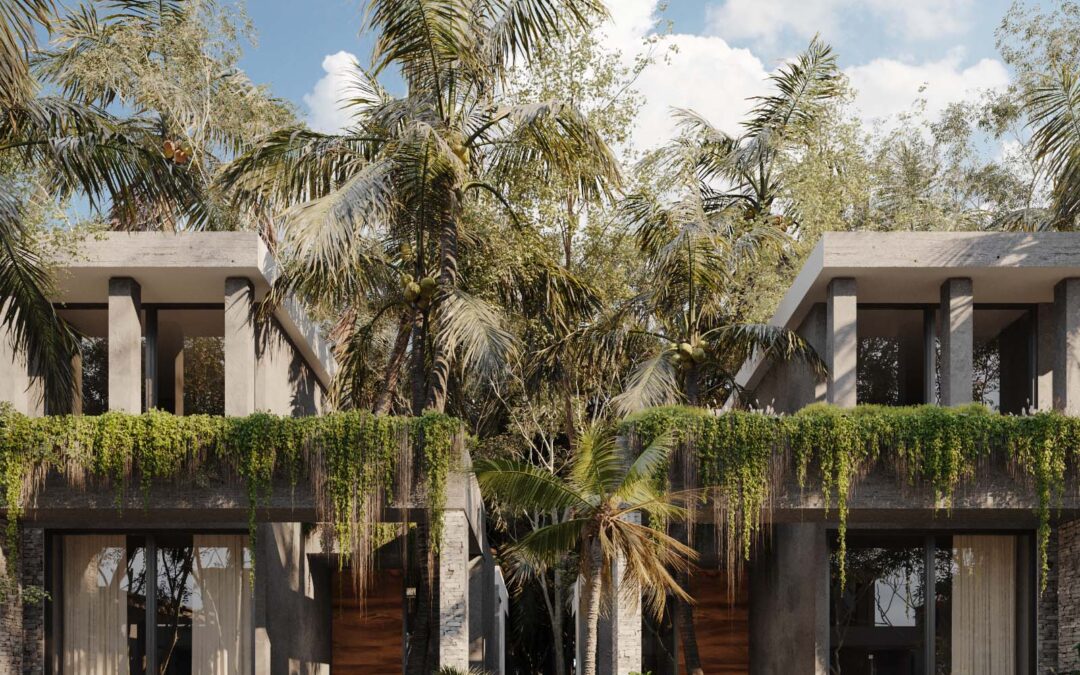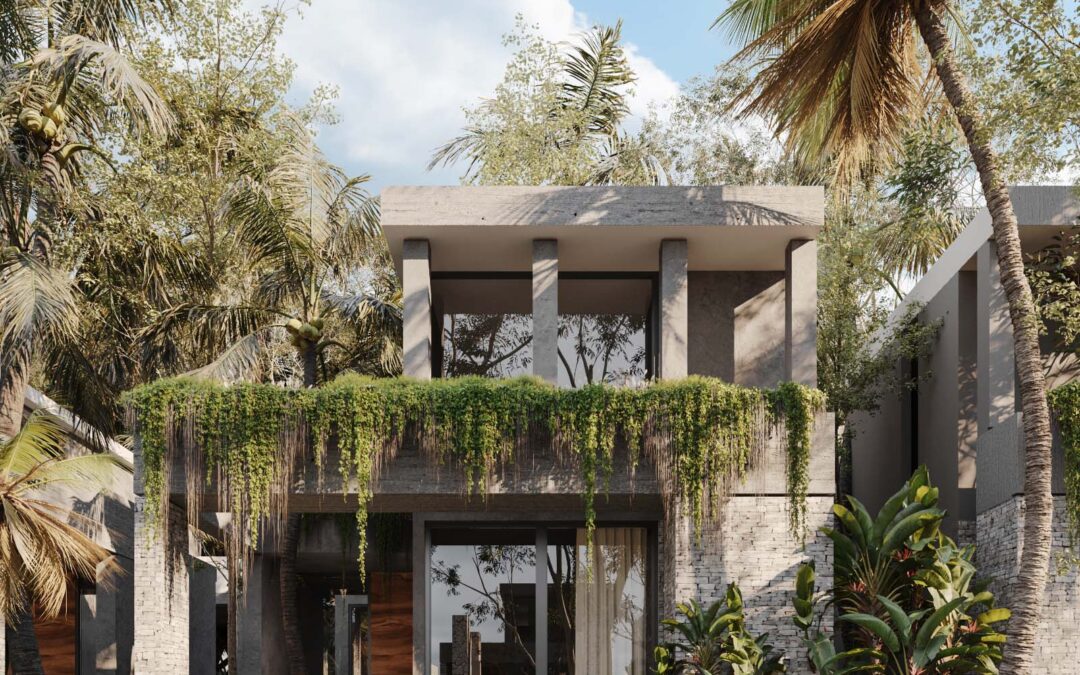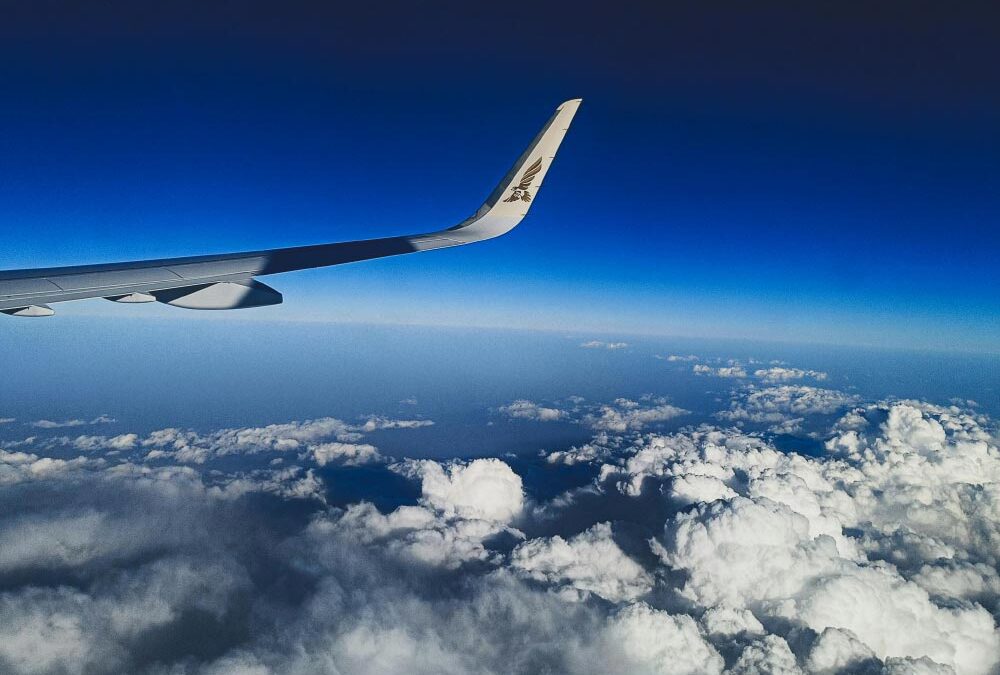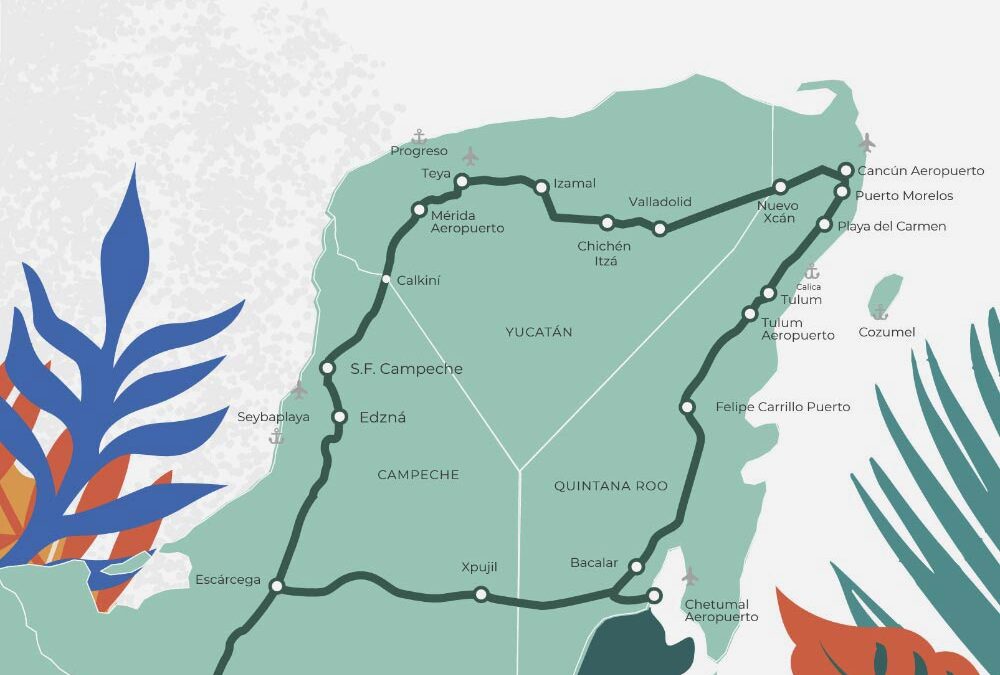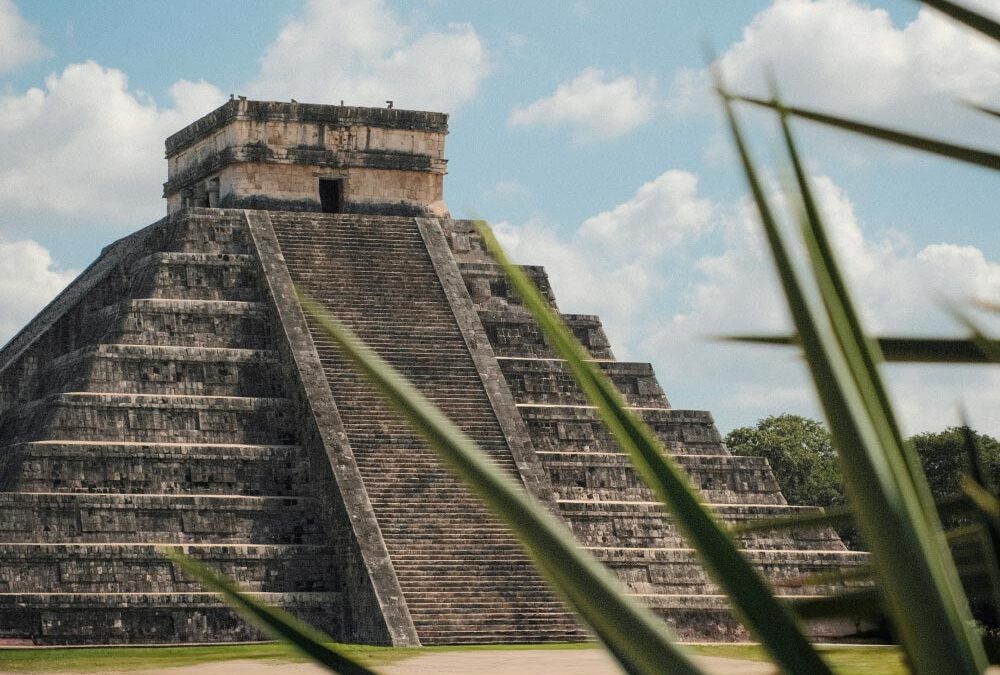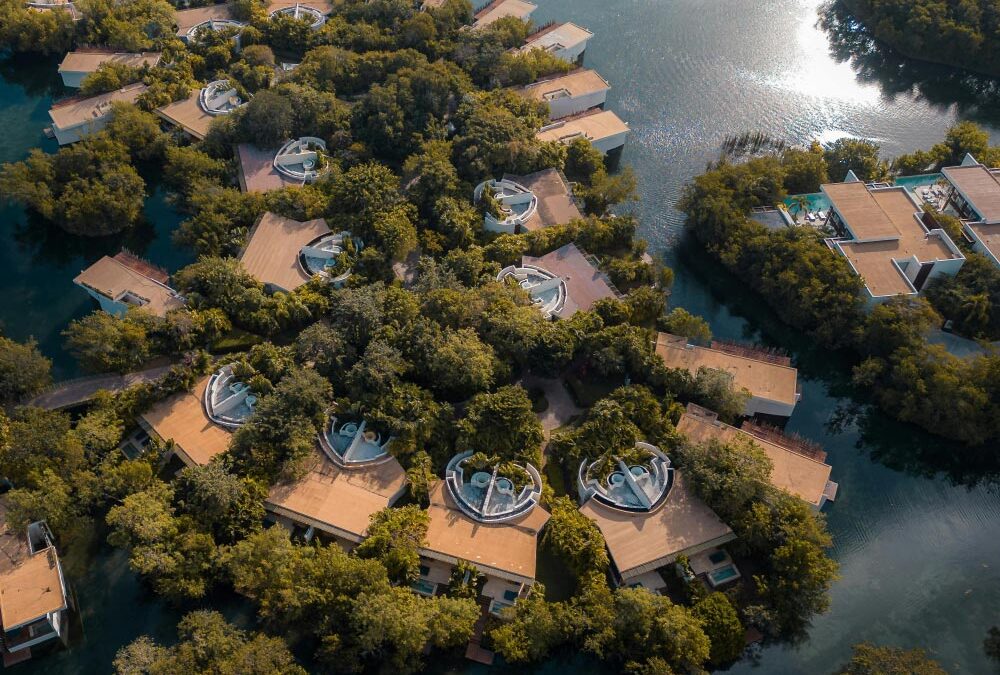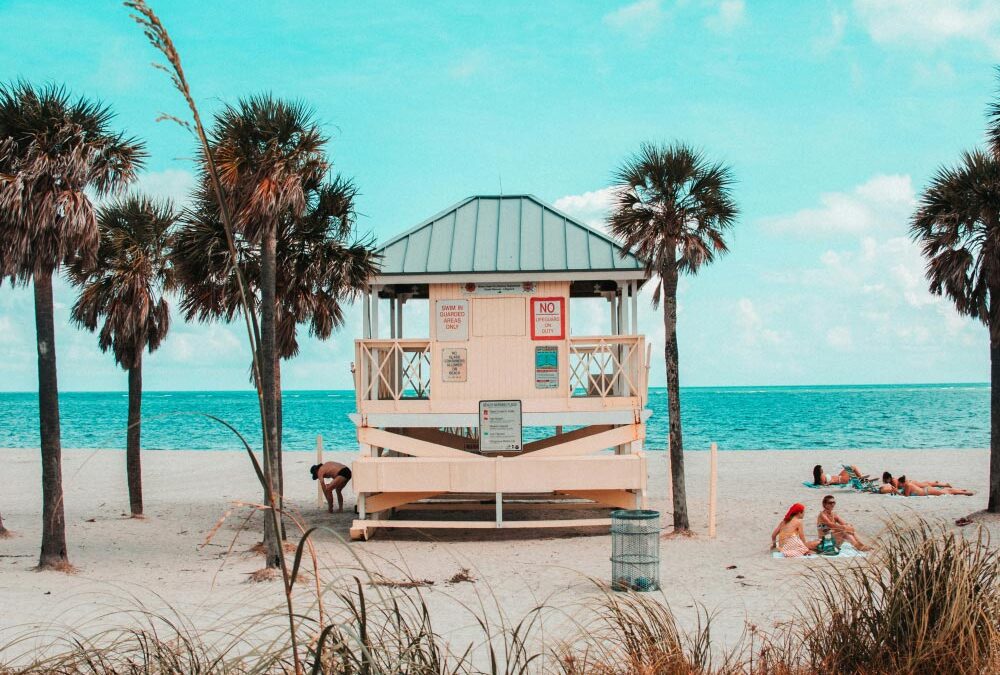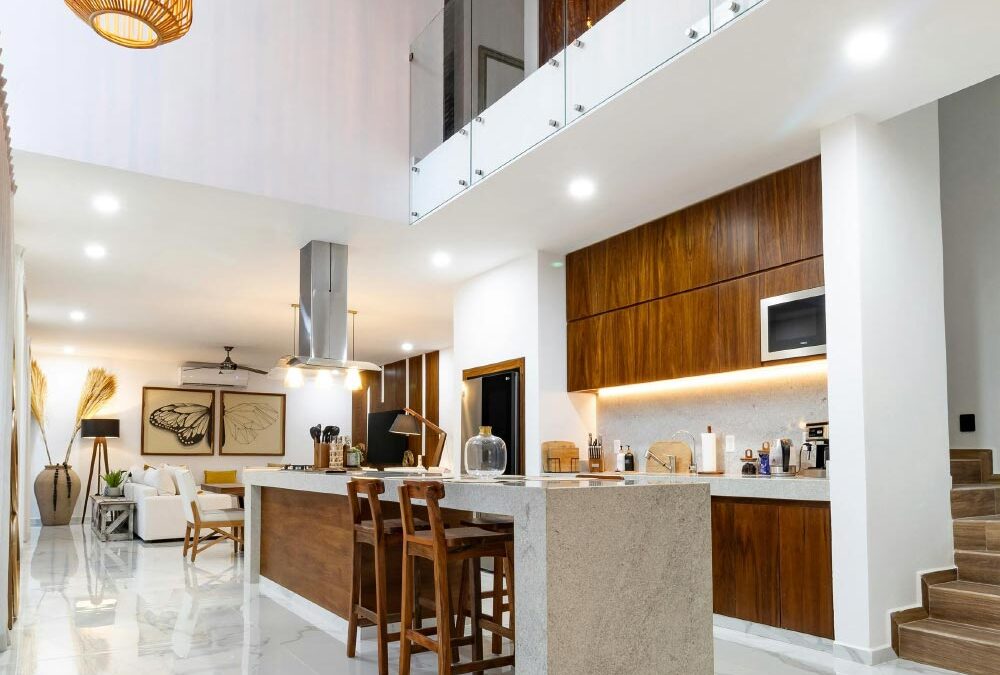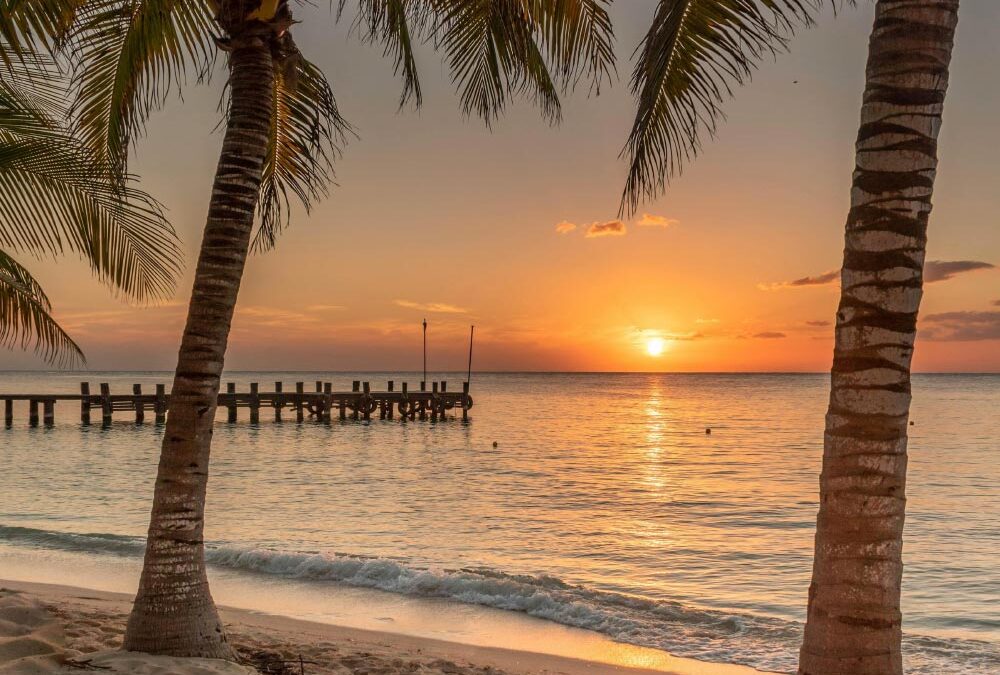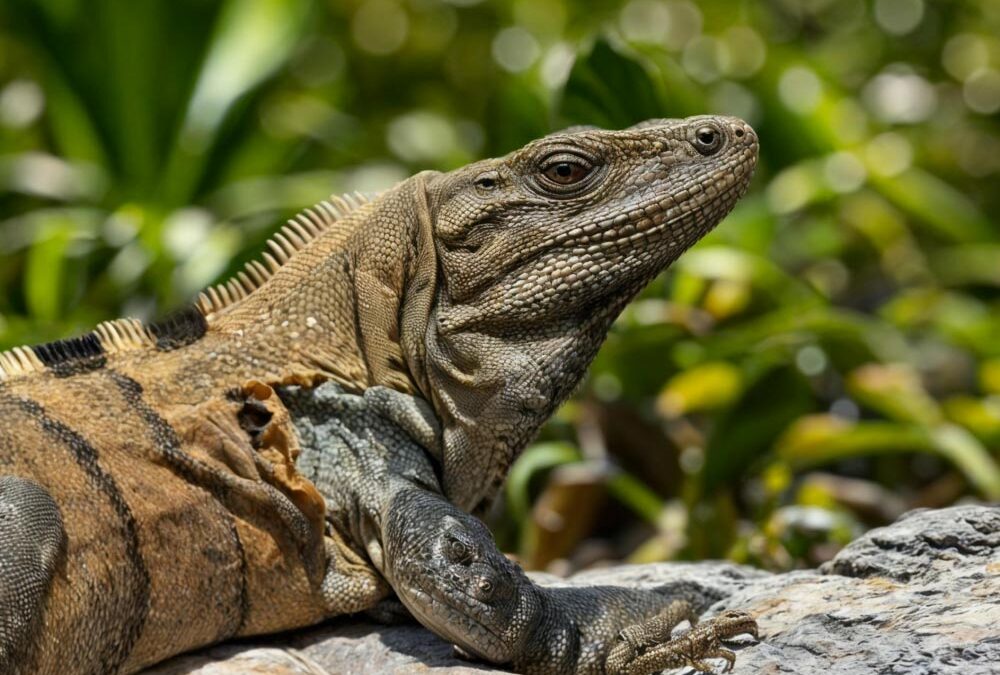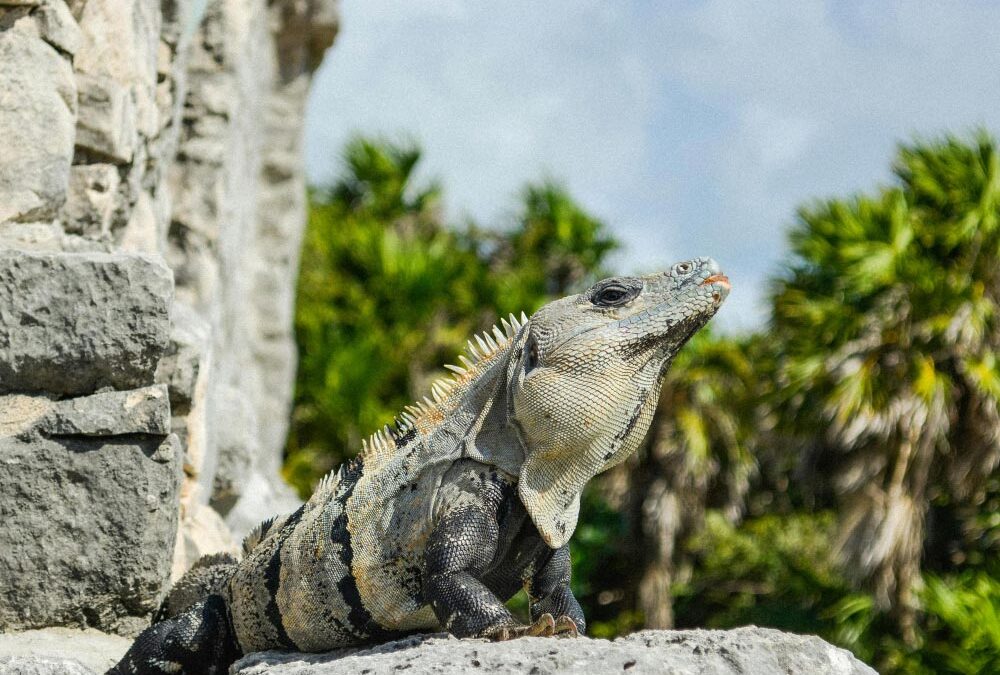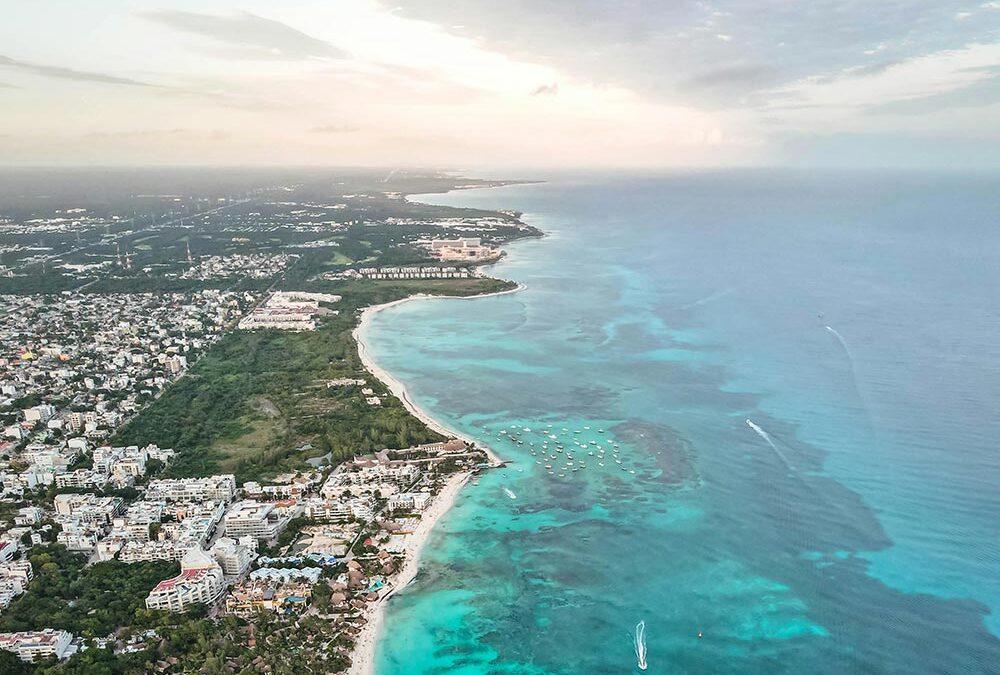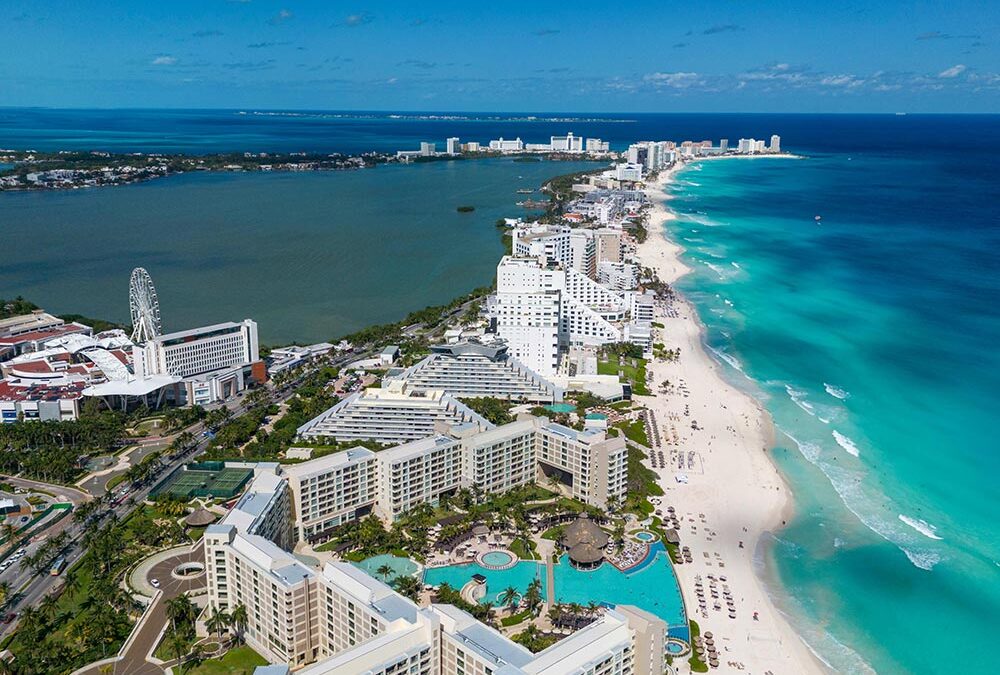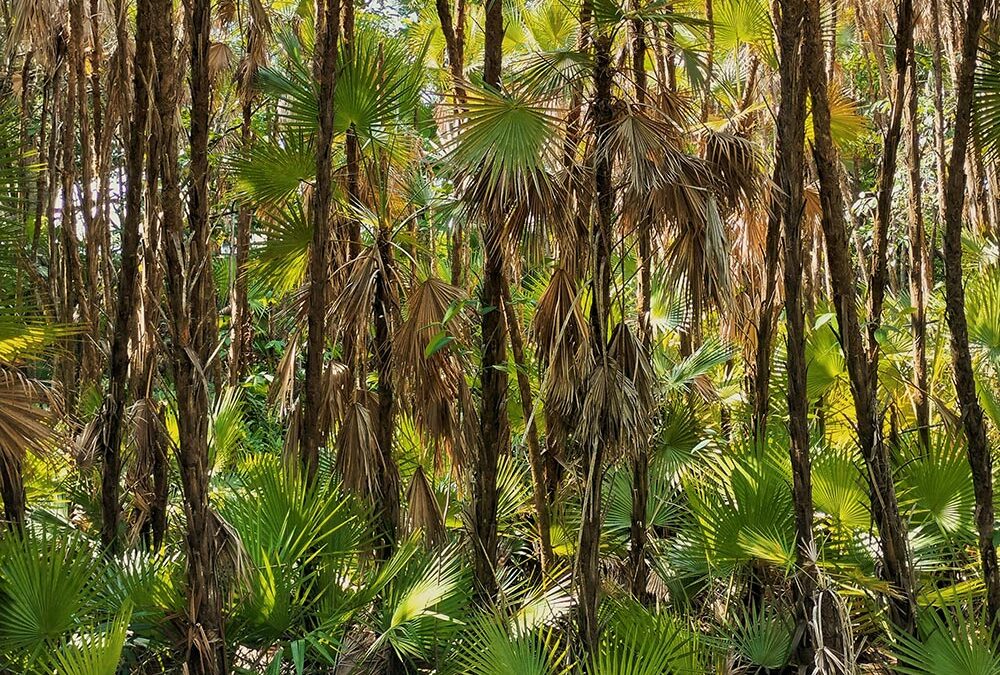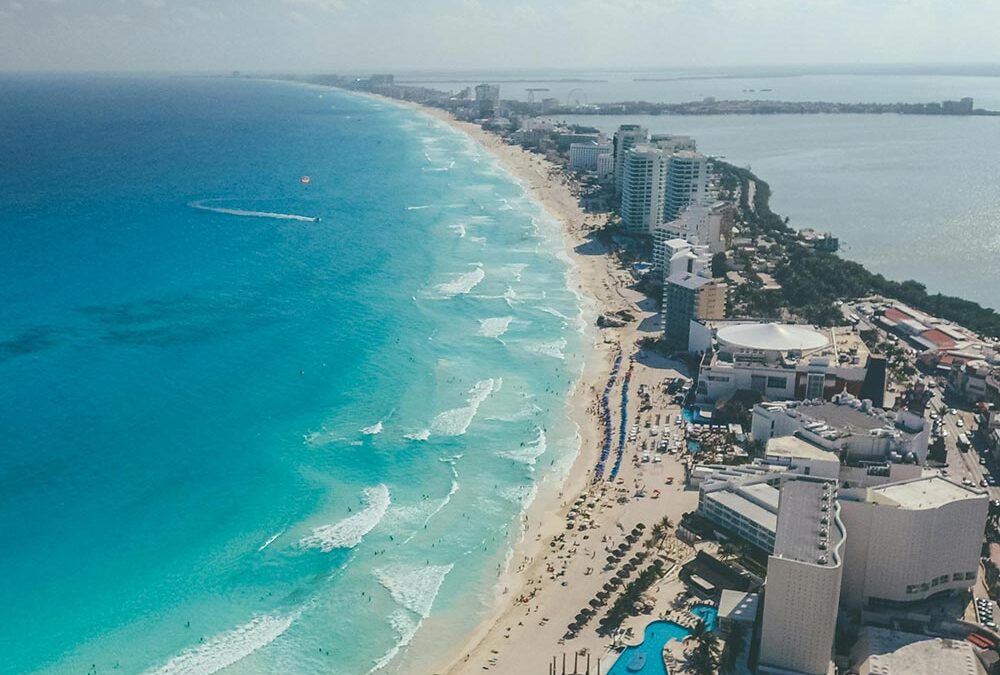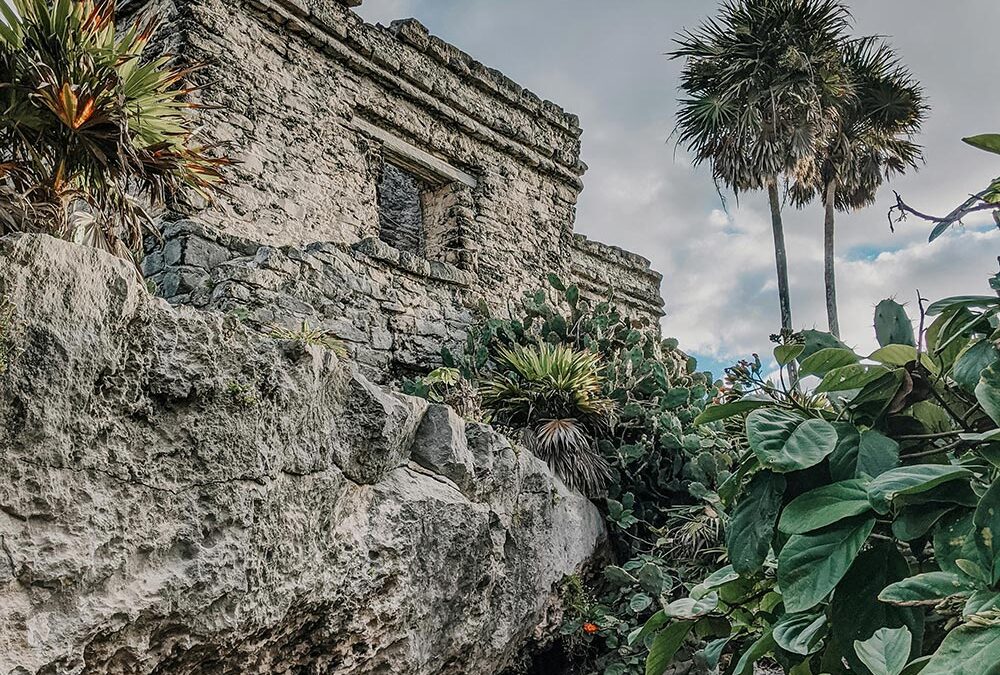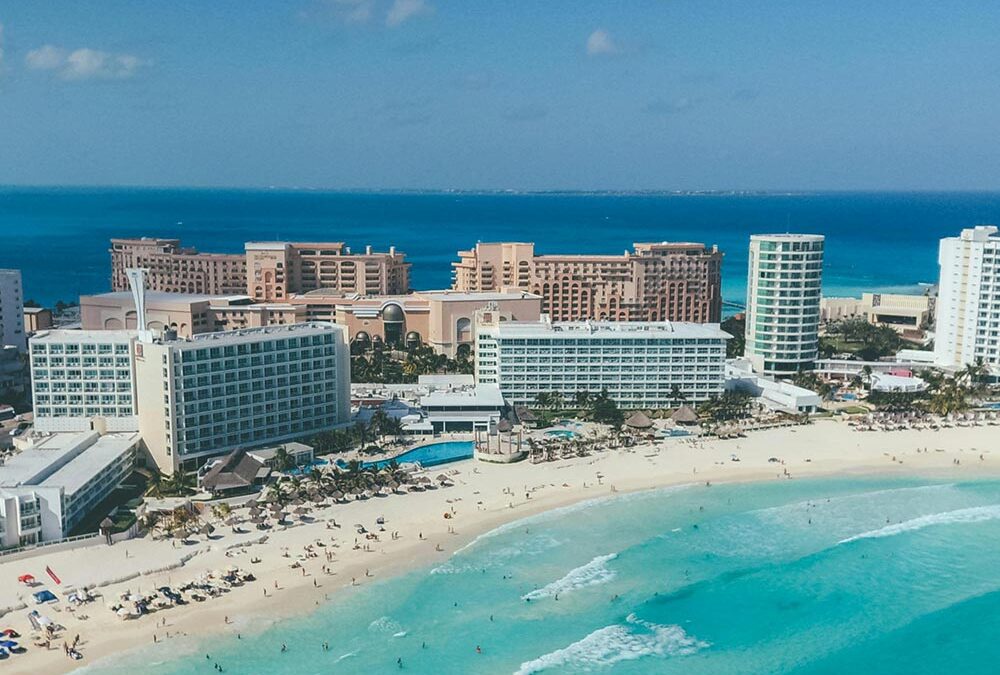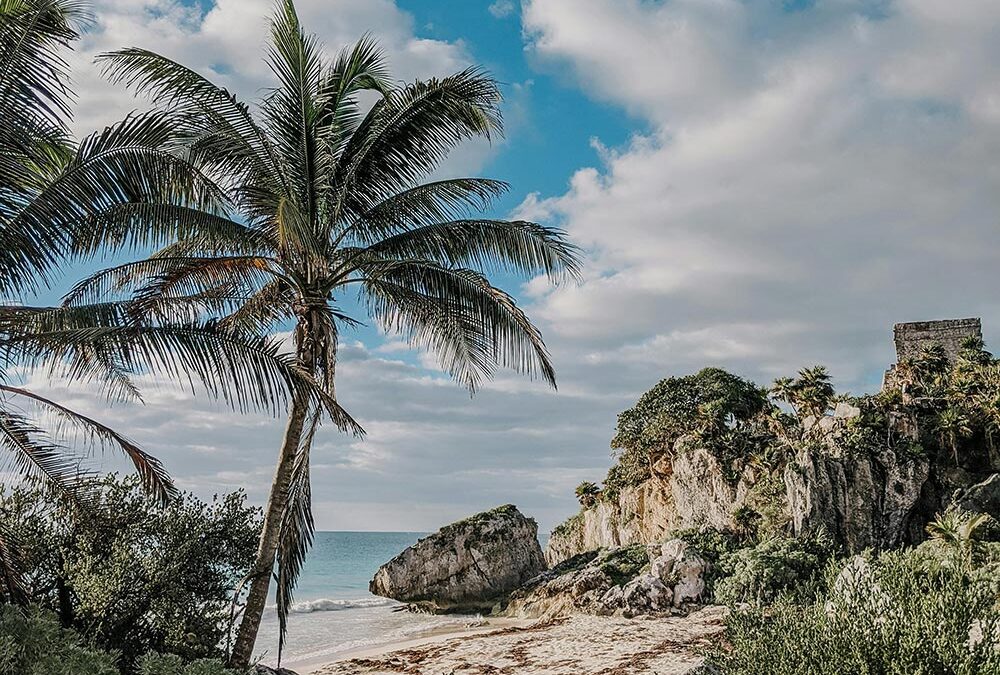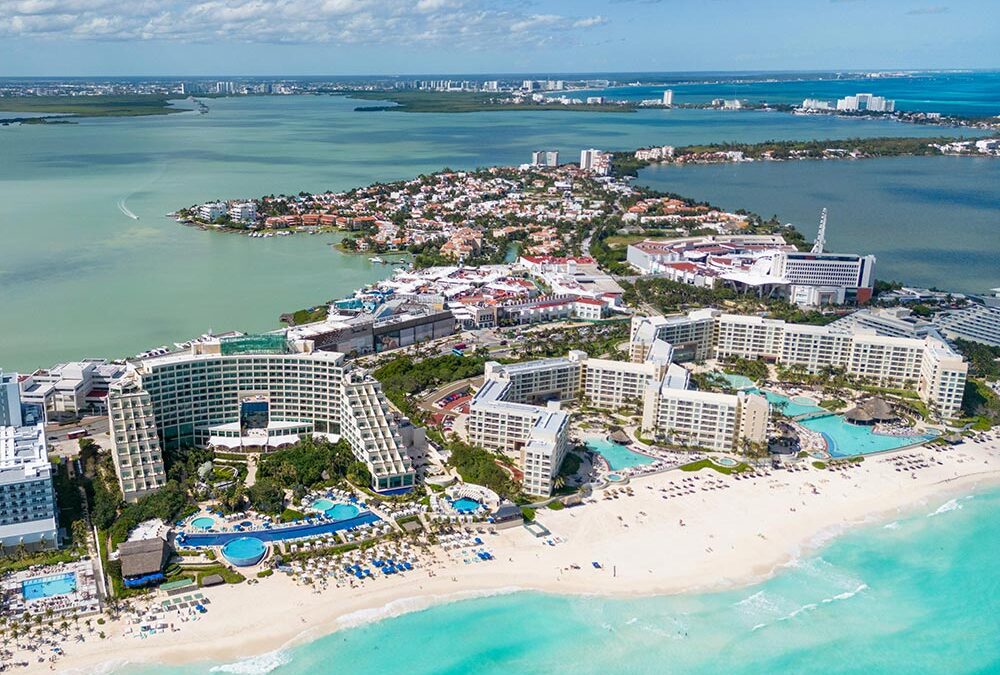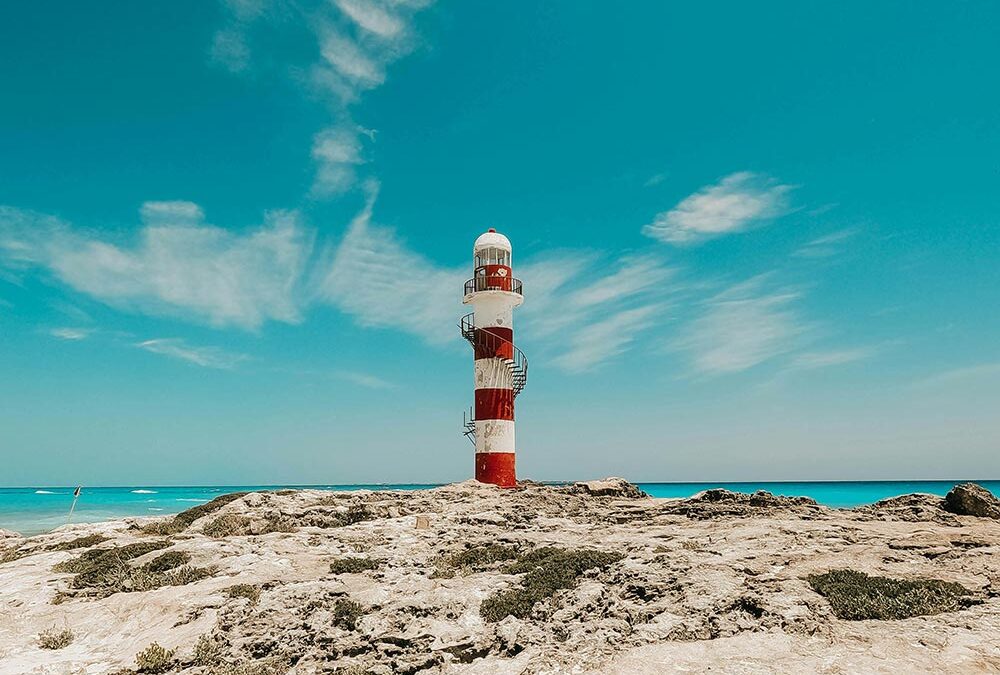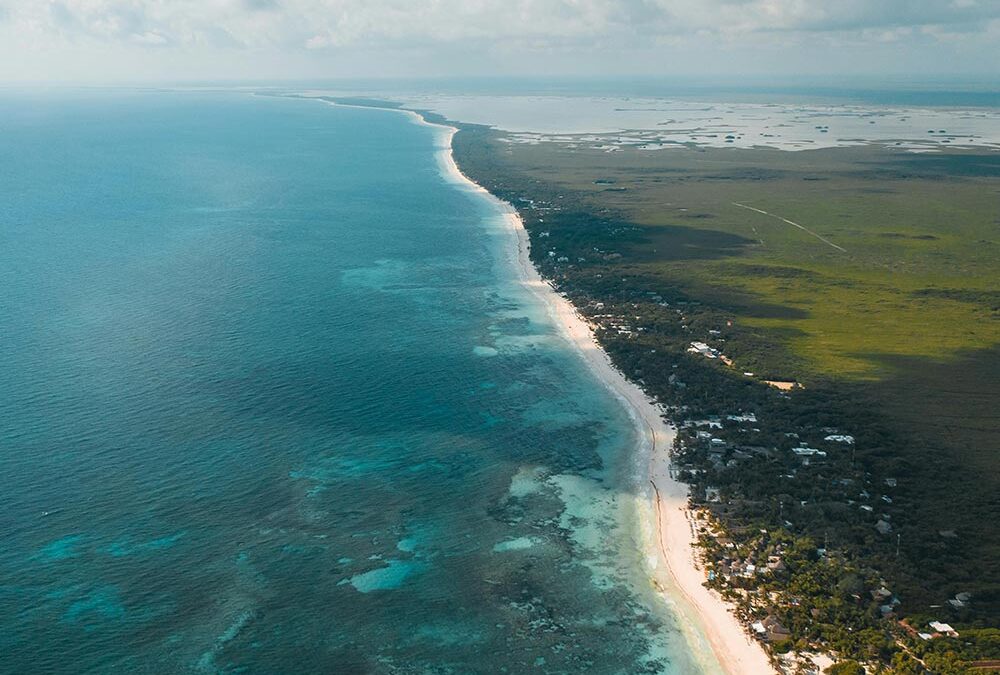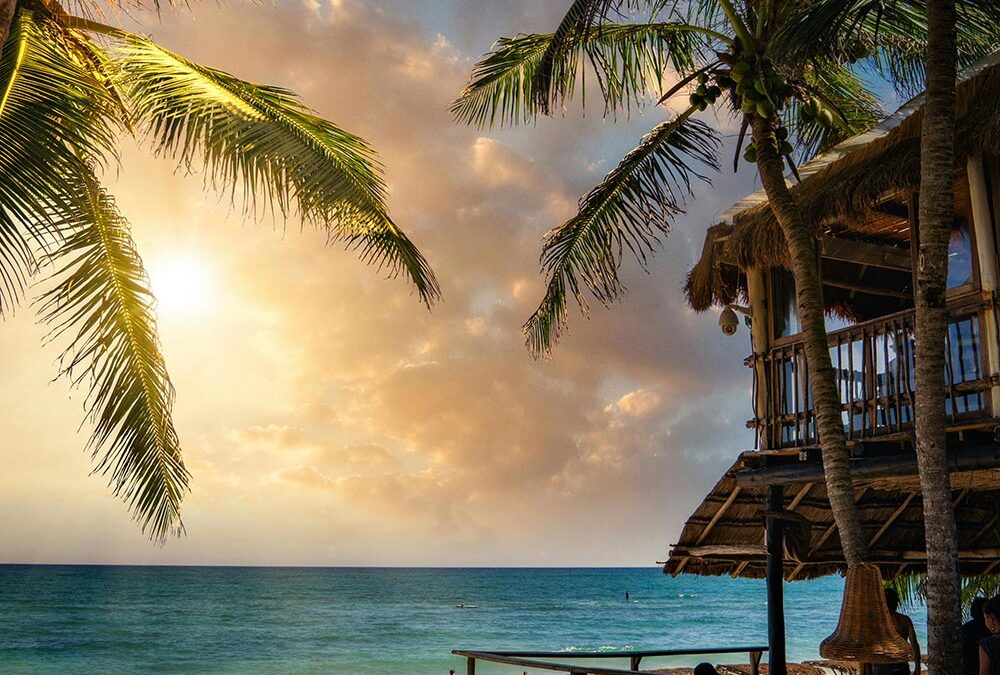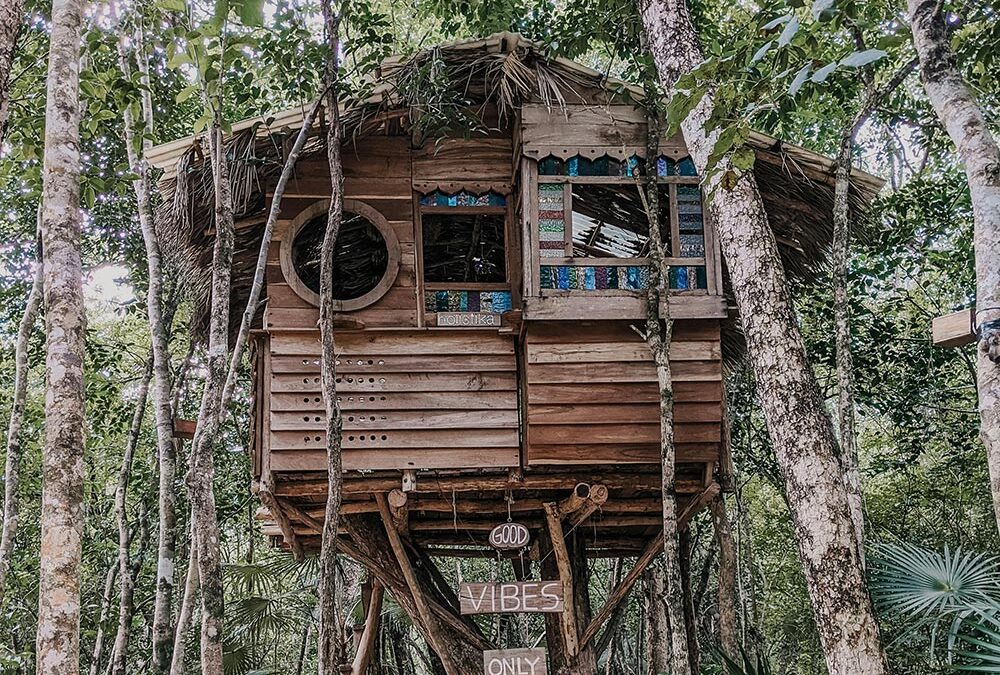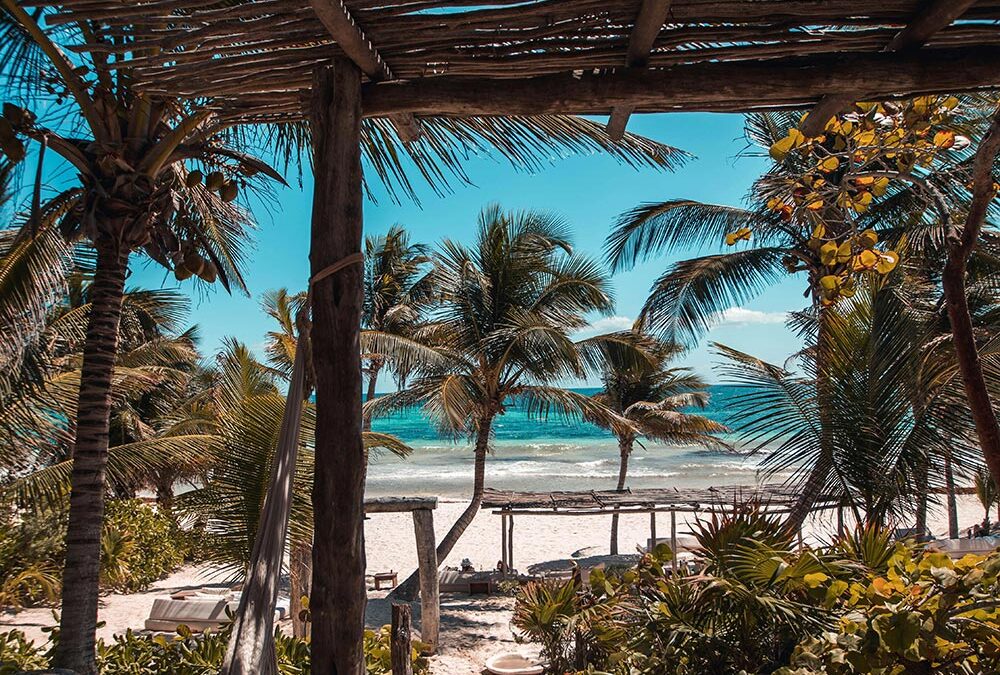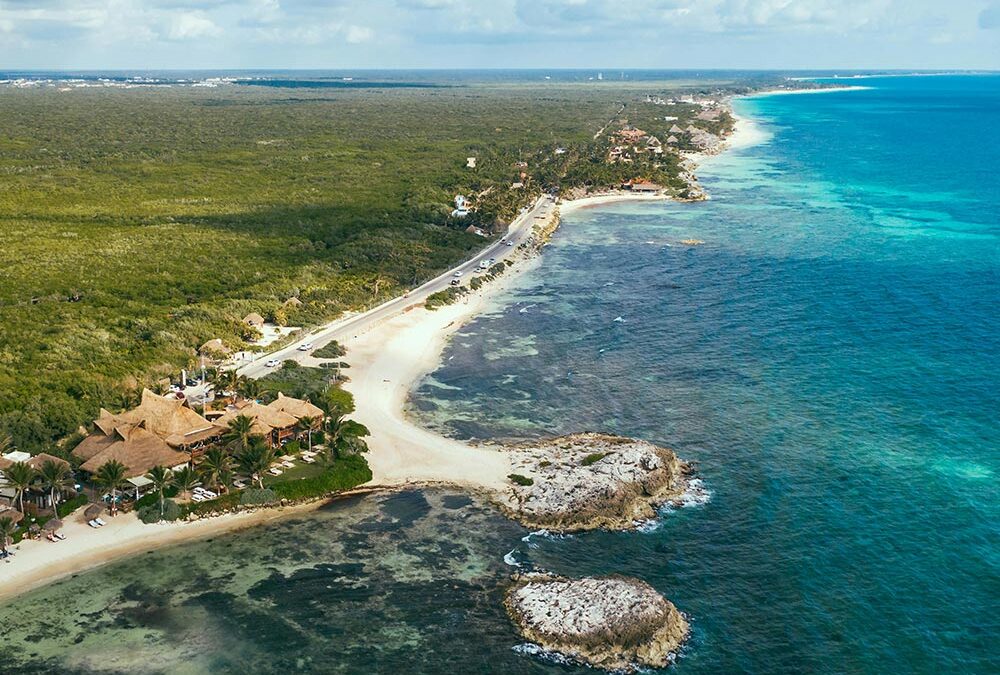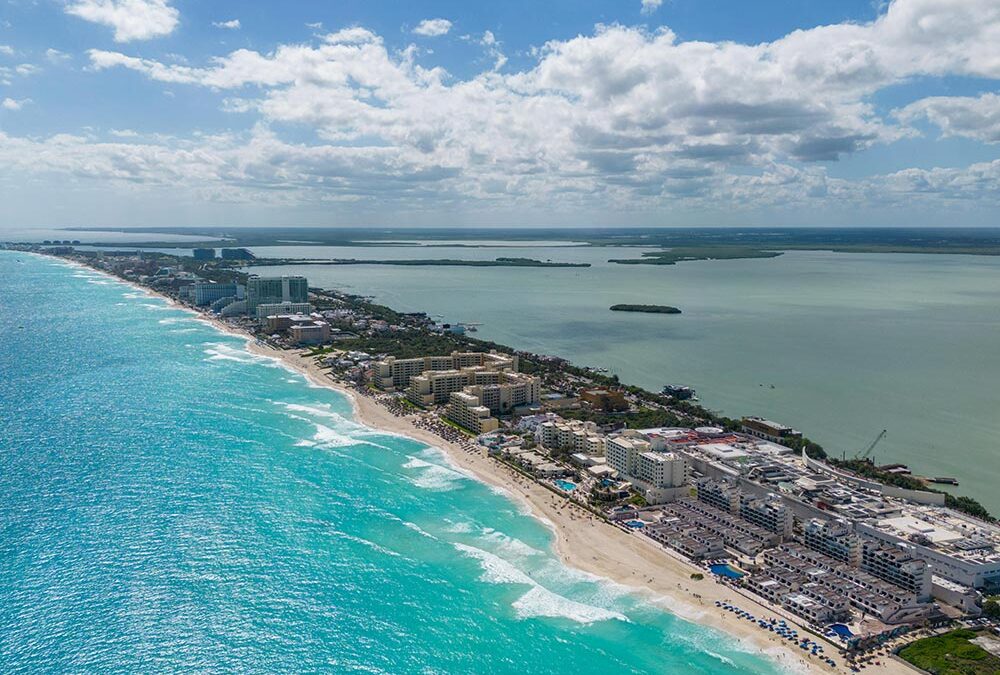The Riviera Maya continues to shine as a prime real estate investment destination, attracting global attention with its pristine beaches, thriving tourism industry, and favorable market conditions. In recent years, the region has seen significant growth driven by infrastructure projects, shifting demographics, and the rise of eco-conscious buyers. As we look ahead to 2025, understanding the evolving dynamics of this market is essential for making informed investment decisions. This article explores the latest trends, opportunities, and challenges shaping the Riviera Maya real estate landscape.
Index of Content
- Overview of the Riviera Maya Real Estate Market
- Tourism Trends Driving Real Estate Demand
- Infrastructure Developments and Their Impact
- Sustainability and Eco-Friendly Investments
- Market Predictions for 2025
- Risks and Challenges for Investors
- Case Study: The Growth of Tulum’s Real Estate Market
- Conclusion
- FAQs
Overview of the Riviera Maya Real Estate Market
The Riviera Maya, spanning Cancun, Playa del Carmen, Tulum, and emerging markets like Bacalar, is one of Latin America’s fastest-growing real estate regions. In 2023, property sales in the region surged by 12%, largely fueled by a combination of international buyers and domestic demand. Key drivers include favorable property prices (averaging $200,000 to $500,000 for mid-tier homes), visa programs promoting long-term stays, and Mexico’s stable macroeconomic environment.
The rental market is equally robust, particularly for short-term vacation properties. Monthly rental income for well-located properties can range from $1,500 to $4,000, with an average ROI of 7-10%. These figures are significantly higher than many U.S. and European markets, solidifying Riviera Maya’s status as a global investment hotspot.
Tourism Trends Driving Real Estate Demand
The Tourism Boom
The Riviera Maya welcomed nearly 30 million tourists in 2023, a 10% increase over the previous year. Top attractions like the Mayan ruins in Tulum, the cenotes in Playa del Carmen, and luxury resorts in Cancun continue to draw visitors from around the world. This surge in tourism directly correlates with the demand for short-term rental properties, especially those listed on platforms like Airbnb and Vrbo, which have seen a 15% increase in bookings year over year.
Holiday travelers typically seek out villas, beachfront condos, and homes with resort-style amenities. Investors targeting this demographic can capitalize on high occupancy rates, which averaged 85% during peak tourist seasons in 2023.
Remote Work Revolution
The rise of remote work has introduced a new demographic to the Riviera Maya: digital nomads. These professionals, often hailing from the U.S., Canada, and Europe, are drawn by the region’s affordable cost of living, vibrant expat community, and reliable internet infrastructure. Urban hubs like Playa del Carmen now feature coworking spaces, making them particularly attractive. Properties catering to this niche—offering modern furnishings, workspaces, and proximity to city centers—command premium rents.
Infrastructure Developments and Their Impact
New Airport in Tulum
The much-anticipated Tulum International Airport is set to open in late 2025, positioning the city as a major travel hub in the region. This development is expected to reduce travel times and improve accessibility for tourists and investors alike. Real estate experts project a 20-25% appreciation in property prices in areas within a 10-kilometer radius of the airport, making now an ideal time for early investments in the vicinity.
Maya Train Project
The Maya Train, a $6.5 billion initiative connecting key destinations in the Yucatan Peninsula, is expected to partially launch in 2025. Designed to boost regional connectivity, the project has already increased investor interest in less-developed towns like Bacalar, which have untapped tourism potential. Areas near planned train stations are likely to see significant appreciation, with local realtors predicting a 15-20% rise in property values by the end of 2025.
Sustainability and Eco-Friendly Investments
Rising Demand for Green Developments
Sustainable living is becoming a top priority for buyers in the Riviera Maya, as environmental consciousness grows globally. Developments like Aldea Zama in Tulum incorporate solar energy, rainwater harvesting, and native vegetation into their designs, appealing to eco-conscious investors. These properties often come with premium pricing but offer long-term value and environmental benefits.
Government Incentives
The Mexican government has implemented policies to encourage sustainable real estate. Developers focusing on eco-friendly projects can access tax incentives and faster approval processes. These measures aim to mitigate environmental impacts, particularly in sensitive ecosystems like mangroves and coral reefs.
Market Predictions for 2025
Experts forecast continued growth for the Riviera Maya real estate market in 2025, with the following key trends:
- Luxury Market Expansion: High-net-worth individuals are driving demand for upscale properties, particularly in beachfront areas.
- Rental Yields: Short-term vacation rentals will sustain an average ROI of 7-10% due to strong tourism numbers.
- Emerging Markets: Locations like Bacalar and Puerto Morelos are poised for rapid growth, with increased infrastructure investment fueling interest.
Risks and Challenges for Investors
While opportunities abound, investors must navigate certain risks:
- Overdevelopment: The strain on infrastructure in popular areas may lead to stricter regulations and increased costs.
- Currency Volatility: Fluctuations in the Mexican peso against major currencies could impact foreign buyers.
- Legal Hurdles: Foreign buyers purchasing within the restricted zone must do so through a bank trust (fideicomiso), adding complexity to transactions.
Case Study: The Growth of Tulum’s Real Estate Market
Once a sleepy beach town, Tulum has evolved into a global real estate phenomenon. Factors like its focus on sustainability, bohemian charm, and high rental demand have fueled this transformation. For example, the Los Amigos Tulum development achieved a 45% increase in property values from 2018 to 2023. As the Tulum International Airport approaches completion, property prices are expected to climb further, particularly in eco-friendly and luxury segments.
Conclusion
The Riviera Maya remains a vibrant and lucrative market for real estate investors in 2025. Strategic investments in areas with strong growth potential, such as Tulum and Bacalar, can yield significant returns. However, a clear understanding of the region’s risks and opportunities is essential to maximize ROI. Whether investing in rental properties, luxury villas, or sustainable developments, the Riviera Maya offers something for every investor.
FAQs
What types of properties are most popular in the Riviera Maya?
Vacation rentals, eco-friendly developments, and luxury beachfront properties dominate the market due to their high demand among tourists and expatriates.
Is Riviera Maya real estate affordable for first-time investors?
Yes, entry-level condos start at approximately $150,000, making it accessible for first-time buyers looking to invest in international markets.
How does the Maya Train impact real estate?
The train improves connectivity, making remote areas like Bacalar more accessible and increasing property demand along its route.
What are the tax implications for foreign buyers in Mexico?
Foreign buyers typically face 2-4% closing costs and may incur capital gains taxes upon selling, depending on their residency status and tax treaties.
Are there financing options for non-residents?
Yes, certain Mexican banks and private lenders offer mortgages to foreign buyers, though these often come with higher interest rates than domestic loans.
